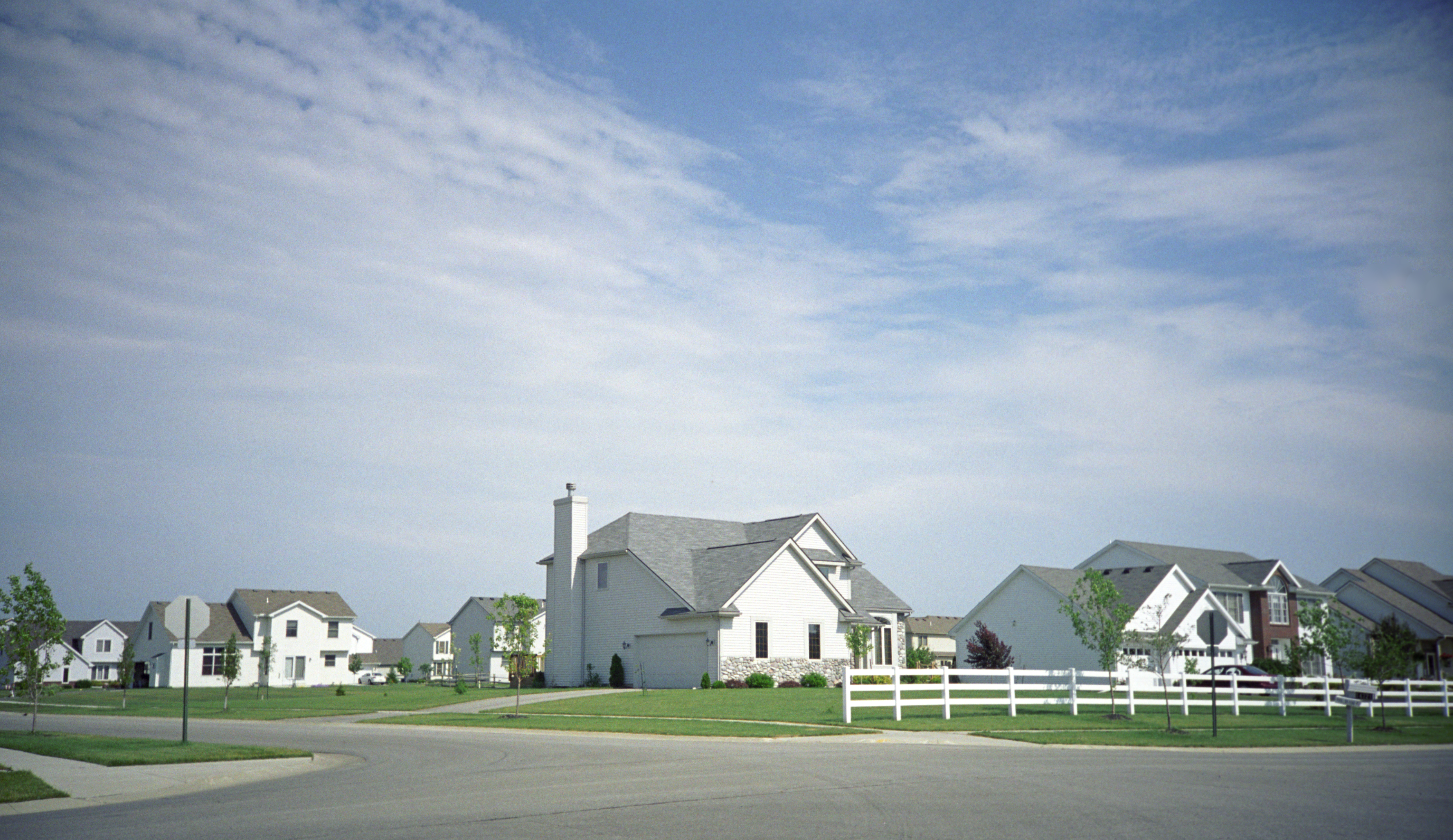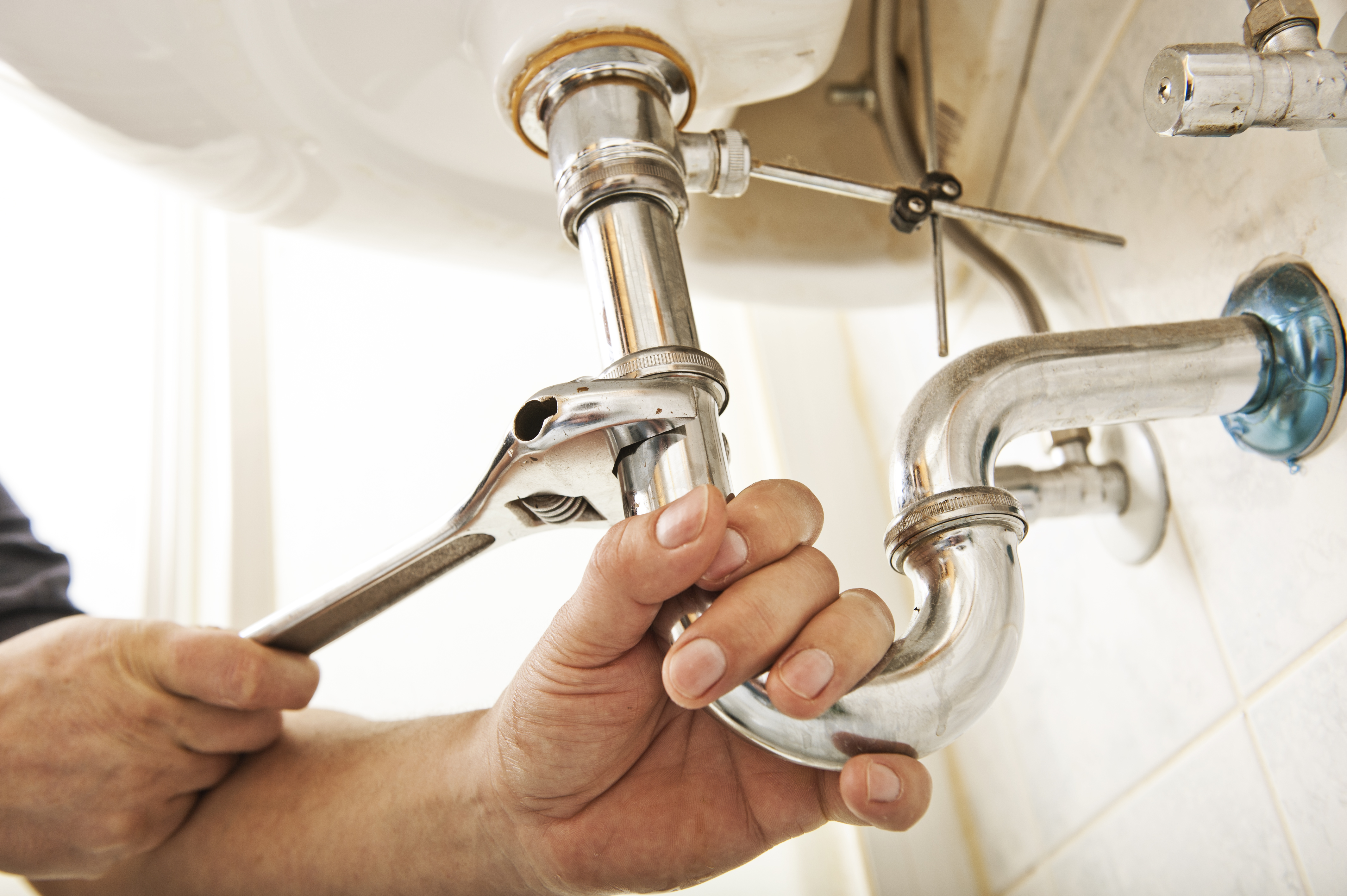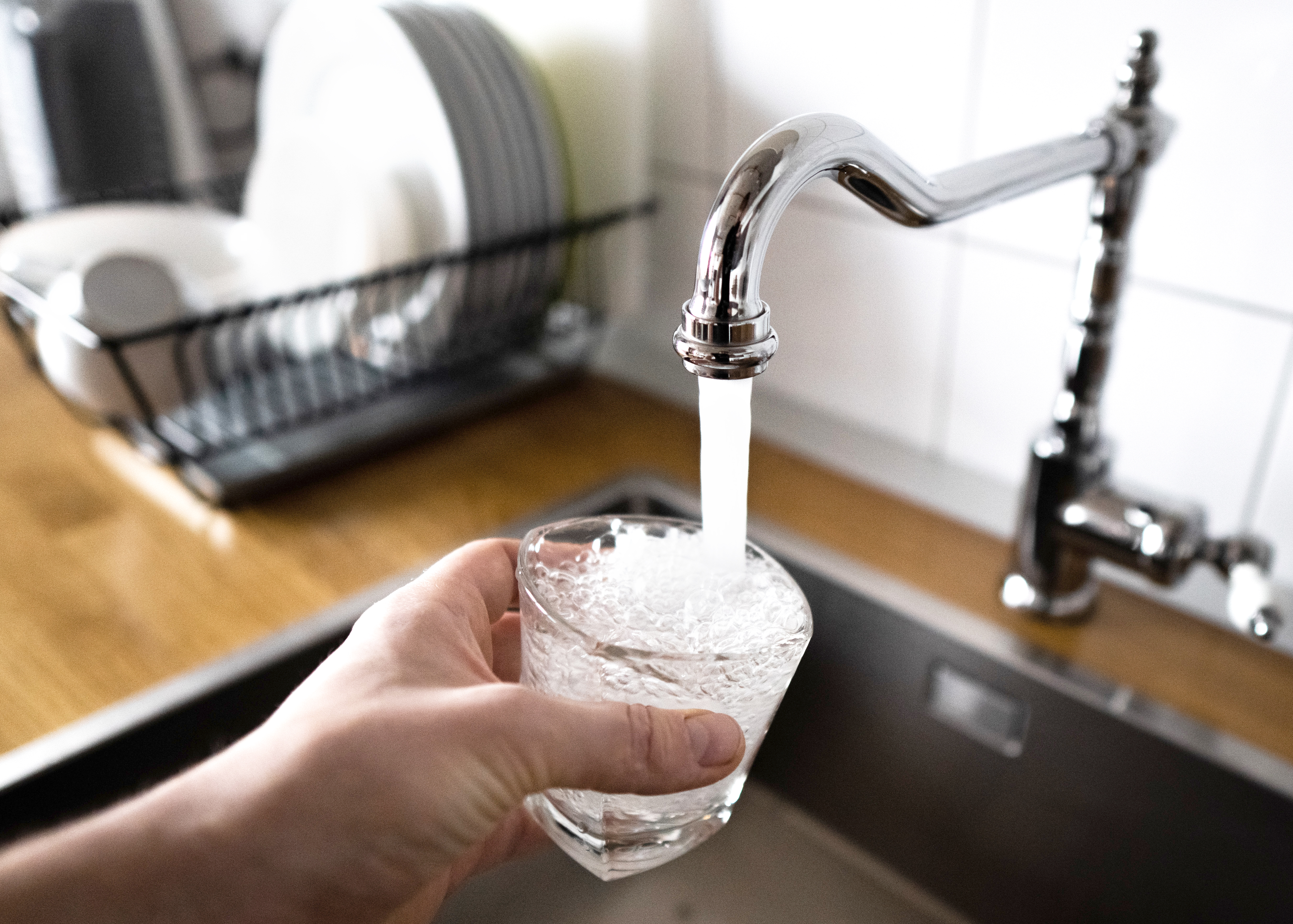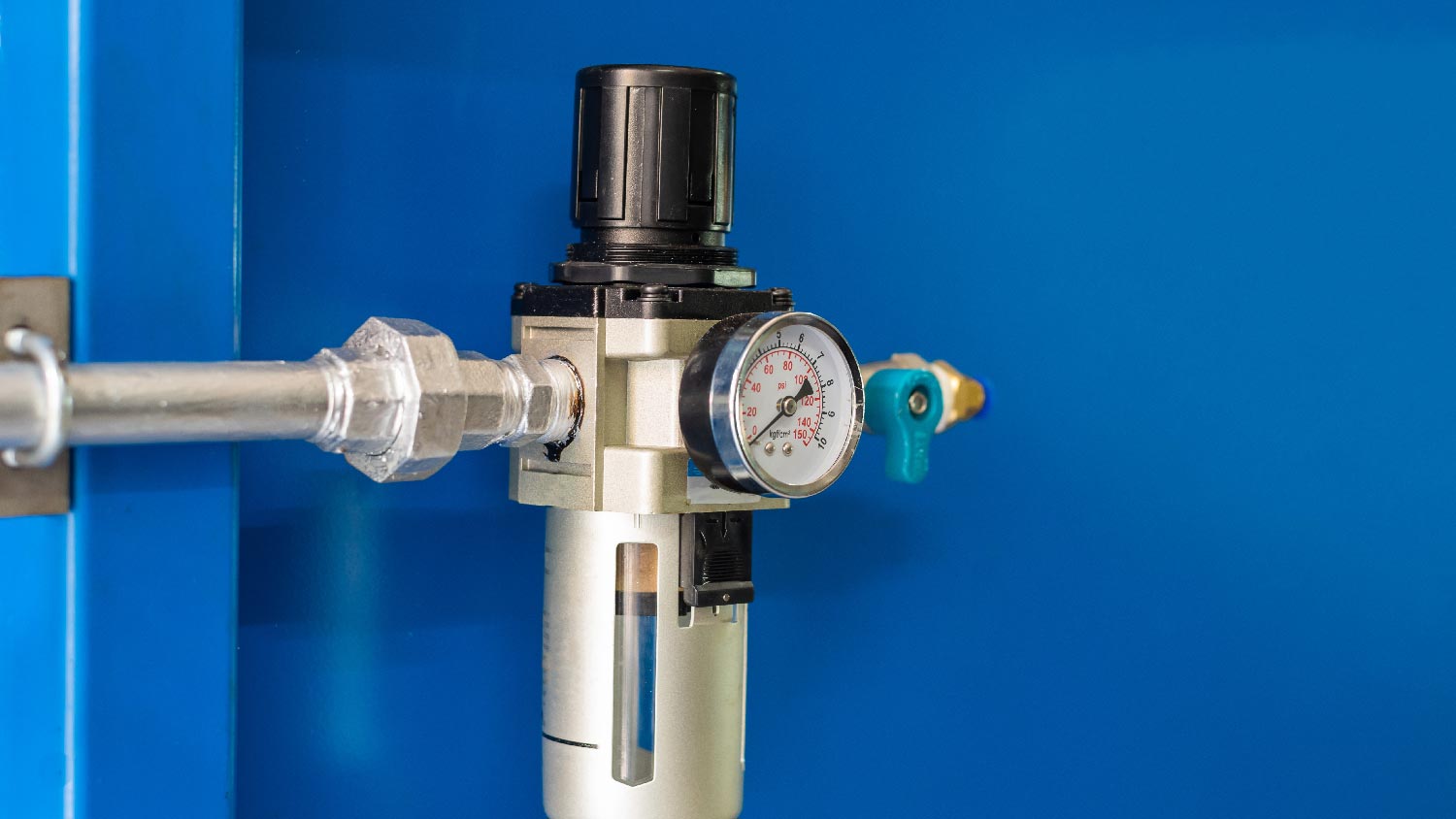
Discover the leading factors affecting your main water line replacement cost in Columbus, including length, material selection, and installation details.
Is the perfect person a plumber or a pipefitter?


Plumbers and pipefitters are similar, but they work in different environments.
Plumbers focus on water and waste systems.
Pipefitters work on high-pressure pipes in industrial and commercial settings.
If you’re having work done on your home plumbing system, you’ll likely hire a plumber.
Before you hire someone to work on your plumbing, you should be sure that they have the proper training and knowledge to complete the work. You may be wondering what the difference is between pipefitters and plumbers, so you know who to hire. The short answer is that plumbers focus on water and waste transportation systems, while pipefitters work with high-pressure pipes that carry other substances like gas or chemicals. Let’s take a closer look, so when the time comes, you know who to hire.
| Role | Plumber | Pipefitter |
|---|---|---|
| Works in residential and commercial buildings | x | |
| Focuses on water and waste systems | x | |
| Has specialized training to handle high-pressure pipes | x | |
| Works on pipes that carry chemicals, acids, and other substances | x | |
| Focuses on industrial and commercial buildings | x | |
| Requires a year of trade school and an apprenticeship | x | x |
Pipefitting is a specialized profession focused on high-pressure piping systems found in industrial and commercial buildings, plants, and factories. Pipefitters are trained to work on pipes that transport gases, steam, acids, and chemicals. The pipe systems may also generate electricity and heat. As part of their job, they may do some or all of the following:
Know and follow building codes at the national, state, and local levels
Maintain and repair high-pressure pipes
Install piping systems
Understand various piping materials and their appropriate applications
Weld pipe components together
Plumbers work in residential homes and commercial buildings and deal with the pipes and systems that transport water and waste. They are the people to call when your toilet springs a leak, you need to move the plumbing for a bathroom or kitchen remodel, or you need to install a washing machine or water heater. They can also install gas lines if they hold the proper licensing and insurance. A plumber’s responsibilities include, but aren’t limited to, the following:
Conducting maintenance on residential and commercial plumbing systems.
Installing appliances that use water, such as a toilet, washing machine, refrigerator, and dishwasher
Replacing or repairing broken pipes and fixtures
Unclogging drainage systems and pipes
Installing rough-in plumbing for new construction and renovation projects
Training requirements for pipefitters and plumbers are similar, with both professions starting their training in a trade school and then working as apprentices under a master plumber. That said, however, the person you hire should be familiar with residential plumbing systems and well-versed in conducting maintenance, repairs, and installation, which will likely be a plumber. When it’s time to hire a local plumber, it’s important to ask if they have experience and check their reviews.
From average costs to expert advice, get all the answers you need to get your job done.

Discover the leading factors affecting your main water line replacement cost in Columbus, including length, material selection, and installation details.

Learn about main water line repair costs in Columbus and what affects pricing to be prepared before you start getting estimates.

Learn how much plumbers cost in Columbus, Ohio. Discover pricing for faucet repairs, pipe work, and emergency services, plus how you can save money.

Find out the average water pressure regulator replacement cost, key price factors, and tips to save on your project. Get transparent, expert-backed cost info.

If the temperatures plummet below 20 degrees, you should pay attention to your home’s pipes. Learn what to do if pipes freeze, and how to prevent them from bursting.

Read how to properly vent your toilet, sink, and shower and learn the importance of effective plumbing ventilation to ensure a well-functioning and odor-free bathroom.